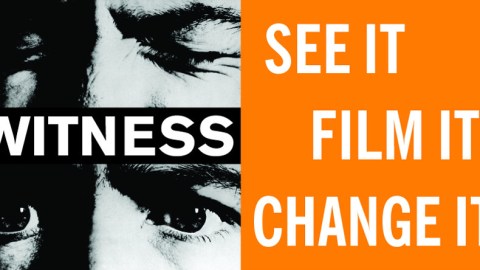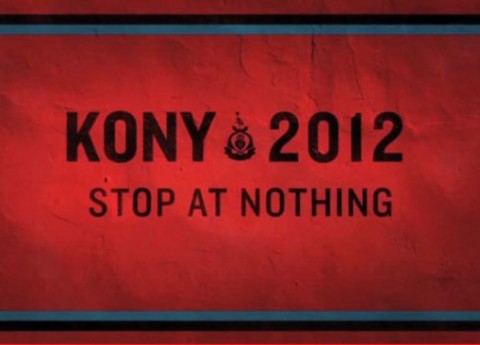WITNESS Launches Human Rights Channel on YouTube

Younger Americans, raised on YouTube and social media, might have missed the significance of the twentieth anniversary of the verdict stemming from the Rodney King incident. Mr. King was, of course, the African American man who was badly beaten by seven members of the LAPD one evening in March 1991, in an event that was caught on videotape by amateur videographer George Holliday.
In the aftermath of the Rodney King beating and the momentous Los Angeles riots that followed the verdict, the police, community organizers and government officials all learned important lessons about race and justice. But human rights activists learned another lesson: video, in the hands of everyday people, could be a powerful tool to bring the perpetrators of abuse to account.
Flash forward twenty years, and everyone is George Holliday. With cell phones and portable video cameras, billions of average citizens are armed with sophisticated tools to record anything they see and hear, including instances of injustice and human rights abuse. And many people are doing just that, and posting their videos online.
WITNESS, founded in the wake of the Rodney King incident, has been working with citizen videos, much like that of Holliday’s, for two decades, and has now joined forces with Google, YouTube and Storyful to take full advantage of this new “cameras everywhere” world. Every day there is a video posted online – from Egypt, Syria, Congo, Cambodia – by local citizens who, like Holliday, are documenting the human rights abuses they encounter. Many of these videos are getting lost in the shuffle – undocumented, uncatalogued, uncontextualized and unshared – so they are not able to make maximum impact. The Human Rights Video Channel, the new YouTube channel, will serve as an Internet home base for these human rights videos produced by citizen activists and amateur journalists. And if it succeeds in its purpose, it will shine a light on the perpetrators of abuse and help bring them to justice.
While the proliferation of cell phones and mobile video cameras has created an exciting new world, it has also raised questions – questions around authenticity, impact and safety. In the development of this channel, those questions were carefully considered – videos will be verified for authenticity before they are placed on the channel and the channel will serve as a hub for new tools to protect the safety of citizen videographers and maximize the impact of the video.
But the new channel should serve as something more than a repository of video evidence or a Most Wanted list of human rights abusers. It should be the hub for a growing community of global citizens who believe that human rights are universal, and must be protected. This community includes people from all walks of life, united in their belief that the powerful should never be allowed to abuse the powerless, and that the voices of dissent deserve – and need – to be heard.
As useful as it might be to collect, contextualize, vet and curate human rights videos for an Internet audience, the new channel will be just another online diversion if it doesn’t ultimately help bring the perpetrators to justice. As citizen journalists, we can point our cameras at human rights abuse and make a record for others to see, hear and evaluate. As concerned viewers, we can identify human rights abuse and demand justice. And as policy makers and political leaders, we can take action to hold the guilty to account.
There was a time when repression and human rights abuse could advance in secret, hidden in the shadows of apathy and ignorance. But with mobile phones in every pocket and portable video available to everyone, we are all George Holliday and there is nowhere for the perpetrators of injustice to hide.
The Human Rights Video Channel will offer a window into a world many might prefer not to see. True to its mission, it will showcase human rights abuse and document social injustice. But it will also provide a new platform for activists and human rights defenders to fight back.
It’s time for all of us to do our part, press the Record button and stand up for the rights of our fellow citizens. It’s time to hold the perpetrators of injustice to account – and we have the tools to do it. It’s time for documentation of human rights abuse to go viral, and to galvanize a global movement for change.
It’s time for all of us to bear witness.





